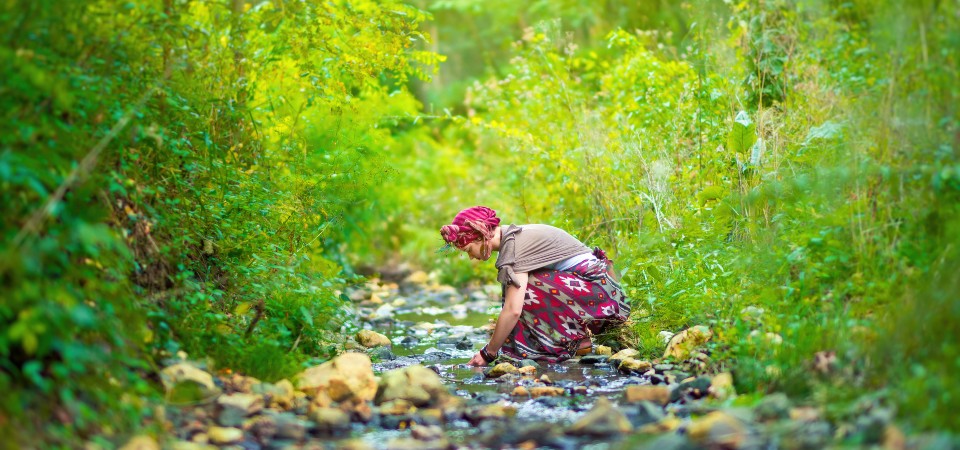As a result, environmental advocacy groups in the UK, EU and North America are campaigning for legislation to mandate microfibre-catching filters for all new washing machines.
But microfibre pollution isn’t limited to machine washing. Our new research shows that washing clothing by hand can shed just as many microfibres as laundry washed in a machine.
This is an issue. More than half of the global population doesn’t have regular access to a washing machine and so launder “off-grid”, such as by hand. Hand washing laundry often involves a lot of scrubbing and abrasion that sheds fibres. Wastewater from hand laundering may flow directly into rivers or onto concrete and stone “laundry decks”, bypassing wastewater treatment facilities even where such facilities are available.
Resolving the microfibre pollution problem necessitates more than just installing washing machine filters. It requires changes in how textiles are designed, manufactured and traded on a global scale.
Fibres shed from hand laundry
Scientific research into fibre shedding often overlooks people that hand launder their clothes, with the predominant focus being on the fibres shed by conventional electric washing machines. Although scientists from countries where many people wash by hand have observed that these methods result in fibre shedding, they have seldom received the necessary support to measure or compare the quantity of fibres shed.
Our research was conducted with colleagues from Isabela State University in the Philippines, Wollongong University in Australia and seven other universities across the UK. We held a workshop and observed hand laundering practices in the Cagayan River Valley in the northern Philippines. We then replicated the hand laundering techniques demonstrated by the local community within a laboratory.
Continues…

For the full article co-written by Dr Tom Stanton visit the Conversation.
ENDS

